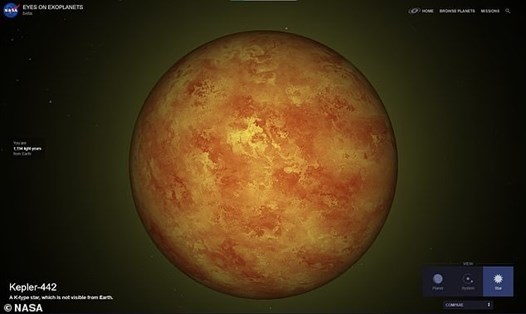According to research published in the journal Astronomical Journal, experts from the Ames Research Center reviewed data from NASA's TESS Satellite Station and discovered that 73 of the hundreds of neighboring stars that TESS identified were potential host to planets that had previously only appeared as a single bright spot.
After identifying double stars, the team compares the size of the planets discovered in the double star system with the planets in the single star system. They realized that there were large and small planets in the single star system, but there were only large planets in the double system.
Light from a second star makes detecting changes in the light of the first star - as the planet passes in front of it - more difficult. detecting these changes is now the optimal method for searching for planets outside the solar system.
Researchers also note that stars in the star system with planets are often further apart than in the starless system. This shows that planets do not form around stars close to their companion star.
We have proven that finding planets Earth-sized in the star system is difficult because the small planets are lost in the brilliance of the two mother stars, says lead author 46 46 46 46 46 46ers. Because about 50% of the stars are in the star couple, we may have missed exploring and researching many Earth-like planets."









